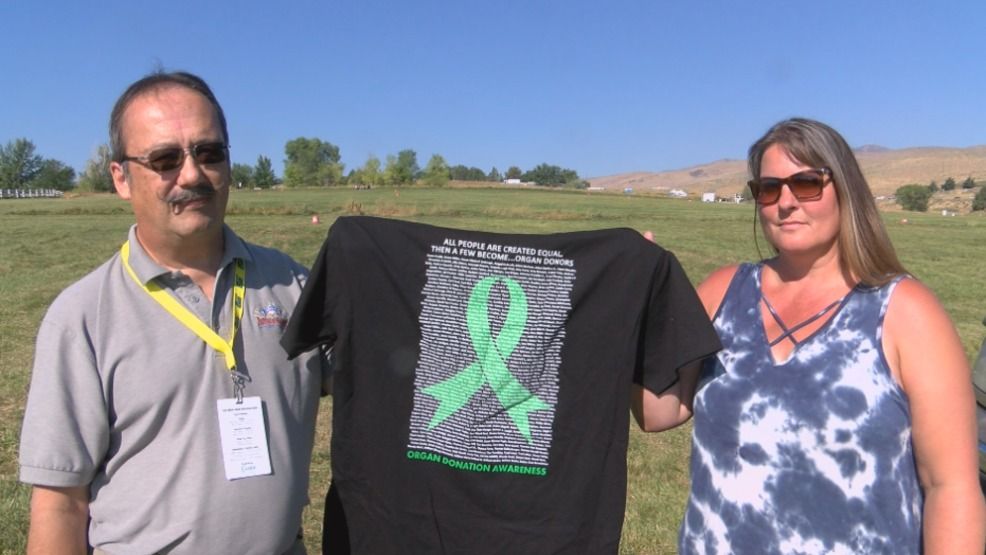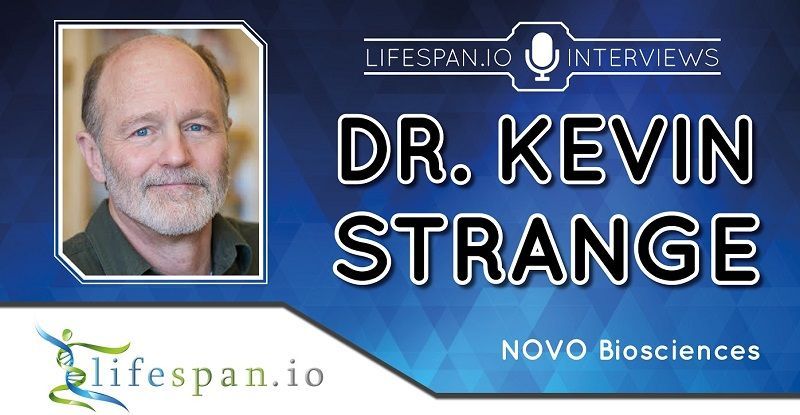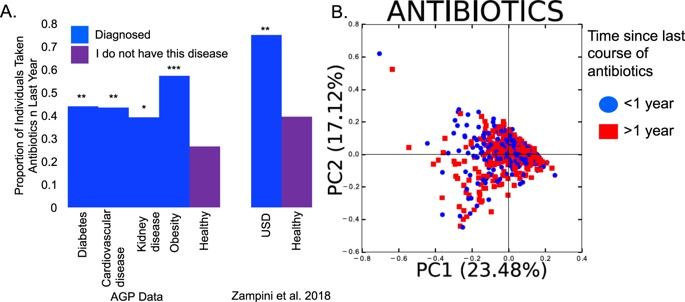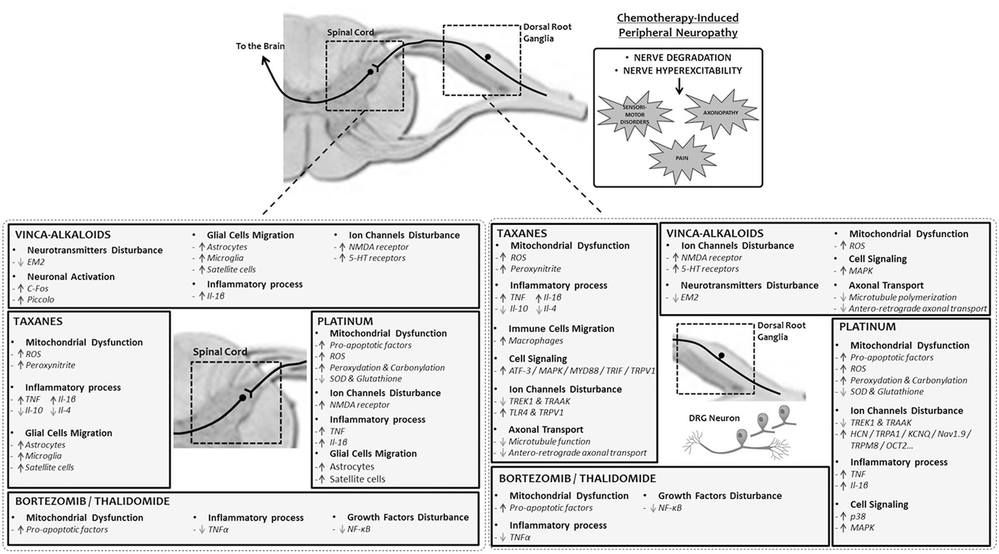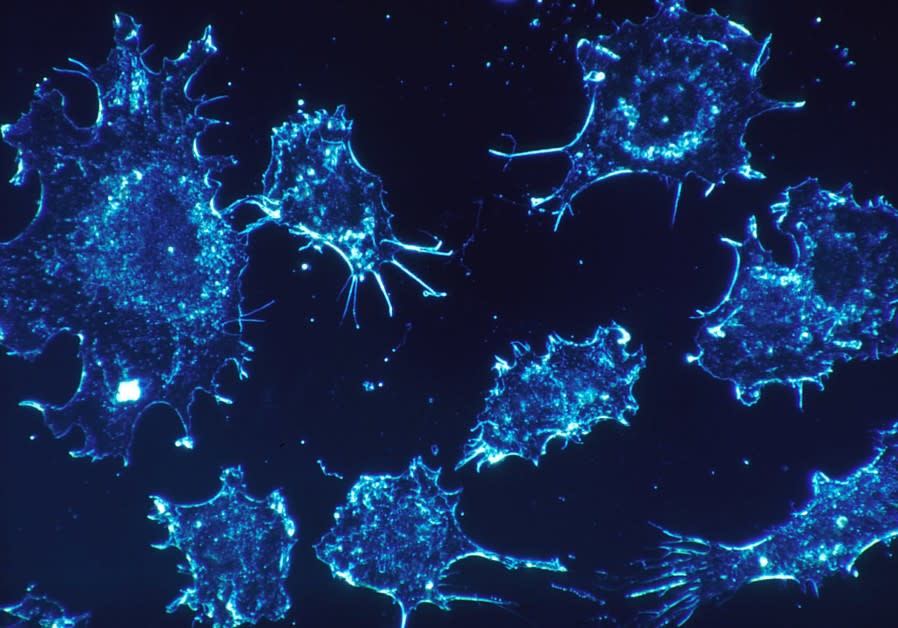After what has been a summer of “crippling ransomware attacks,” there has now been some respite courtesy of the city of New Bedford, Massachusetts, which has proven that the playing field can be levelled. The city was hit back in July, with its data held hostage, ransomed for more than $5 million in bitcoin. But as the attackers waited for their payment, the city’s law enforcement agencies and technology teams had other ideas.
No types of organisations are immune from these types of attacks these days,” Mayor Jon Mitchell told reporters. The city government, he said, had been taking steps to strengthen our defences—but any network is only one keyword click away from an attack. Thankfully, he acknowledged, “the attack could have been much worse.” It hit on the July 4 holiday when many systems were shut down.
“The attack was a variant of the RYUK virus,” Mitchell confirmed. “The victim needs to make a ransom payment to acquire the decryption key from the attacker.” The attack did not affect all systems or disrupt all services, and on the return to work on July 5, the city kept systems turned off as they isolated the attack.
